Industry information
Company News
- Aluminum veneer customization, creating personalized spatial aesthetics
- Aluminum veneer customization, creating an exclusive personalized space
- Fluorocarbon aluminum veneer: a fashionable choice in modern architecture
- How much do you know about curtain wall aluminum veneer: the fashionable outerwear of architecture?
- Punched aluminum veneer: innovative building materials, a new choice for fashionable spaces
Industry dynamics
- Design, construction and maintenance of aluminum veneer curtain wall
- How to evaluate the sustainability of aluminum veneer in building exterior design?
- Industry standards and specifications for aluminum veneer manufacturers
- Carved aluminum alloy air conditioning cover is a beautiful and practical decoration
- Aluminum veneer customization, creating the art of personalized space
Frequently asked questions
- How sustainable is aluminum veneer?
- What is the thermal expansion coefficient of aluminum veneer?
- How does aluminum veneer affect indoor temperature?
- Is the use of aluminum veneer limited by geographical environment?
- Can aluminum veneer be used for building canopy design?
contact us
Mobile:+86 15627778610
Email: 2201229786
Address: No. 5 Binjiang Road, High tech Zone, Zhaoqing City, Guangdong Province
Sound insulation effect of hyperbolic aluminum veneer
- Author: Xinlongtai Aluminum Industry (Guangdong) Co., Ltd
- Release time: February 24, 2025 19:34:44
- Click:0

hyperbolicAluminum veneerAs a new type of building material, it has a unique design sense and decorative effect. In addition to its application in architectural decoration, hyperbolic aluminum veneer can also be widely used in the field of sound insulation, achieving good sound insulation effects through the use of special processes and material selection. Below, we will provide a detailed introduction to the sound insulation effect of hyperbolic aluminum veneer.
1、 Material characteristics
The sound insulation effect of hyperbolic aluminum veneer mainly benefits from its material properties. Hyperbolic aluminum veneer is usually made of high-strength, wear-resistant, and corrosion-resistant aluminum alloy materials. The surface is treated with anodizing to form a dense and strong oxide film, which can effectively prevent moisture infiltration and pollution erosion. Hyperbolic aluminum veneer also has certain elasticity and toughness, which can absorb and disperse sound waves, thus achieving good sound insulation effect.
2、 Process processing
The sound insulation effect of hyperbolic aluminum veneer also needs to pay attention to the process treatment. By adopting special production processes and technical means such as spraying and electrophoretic coating, the surface waterproof performance of hyperbolic aluminum veneer can be further improved. Additional materials such as sealant can also be used for filling and sealing treatment to further improve the sound insulation effect of hyperbolic aluminum veneer.
3、 Application scenarios
The sound insulation effect of hyperbolic aluminum veneer can be applied in various scenarios, such as commercial buildings, residential buildings, public facilities, etc. For example, in commercial buildings, the combination of hyperbolic aluminum veneer with structures such as rain shelters can achieve a more durable and stable rain protection effect; In residential buildings, a safer and more comfortable living environment can be achieved by combining hyperbolic aluminum veneer with balcony windows and other structures; In public facilities, a more beautiful and practical landscape effect can be achieved by combining hyperbolic aluminum veneer with structures such as sunshades.
4、 Conclusion and Suggestions
The use of hyperbolic aluminum veneer can achieve better and more stable sound insulation effect. For designers, they can choose suppliers of high-quality and stable hyperbolic aluminum veneer products and services by understanding market trends and comparing products and services from different suppliers. We also need to strengthen our awareness of environmental protection and responsibility, and actively promote the application and development of green environmental protection concepts in the construction industry.
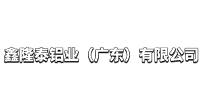
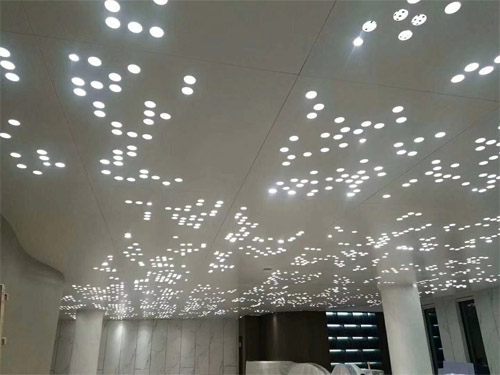
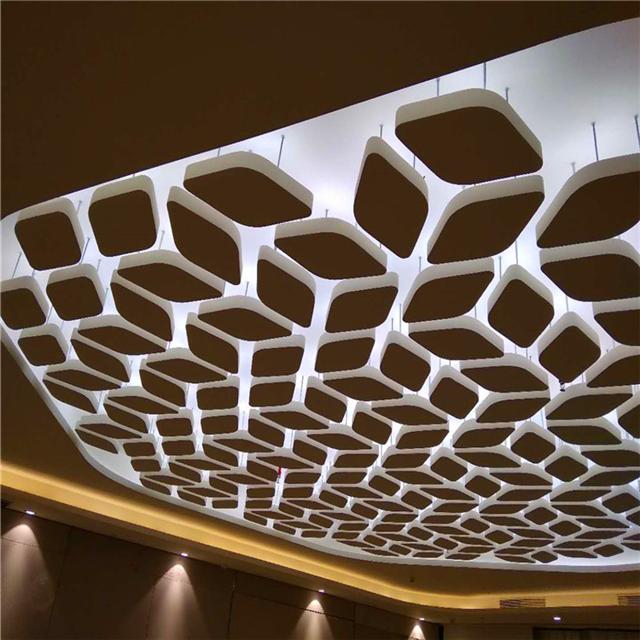
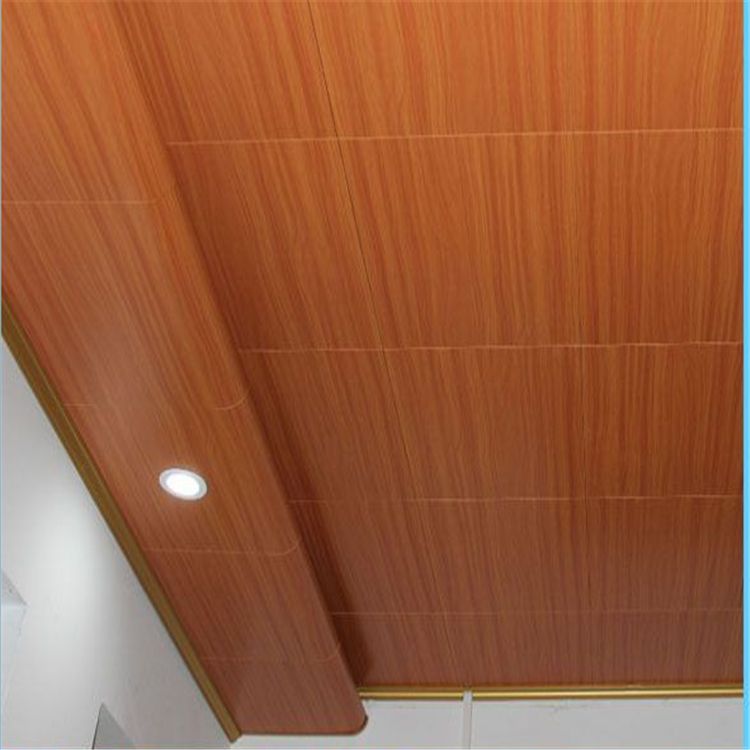

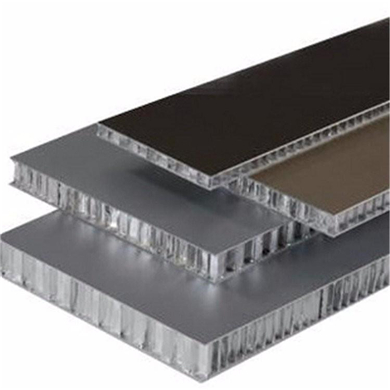

 Customer service QQ
Customer service QQ